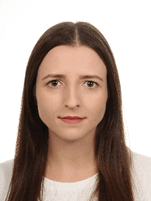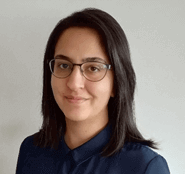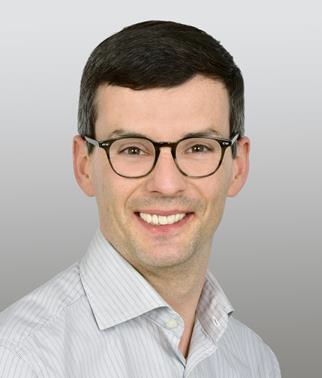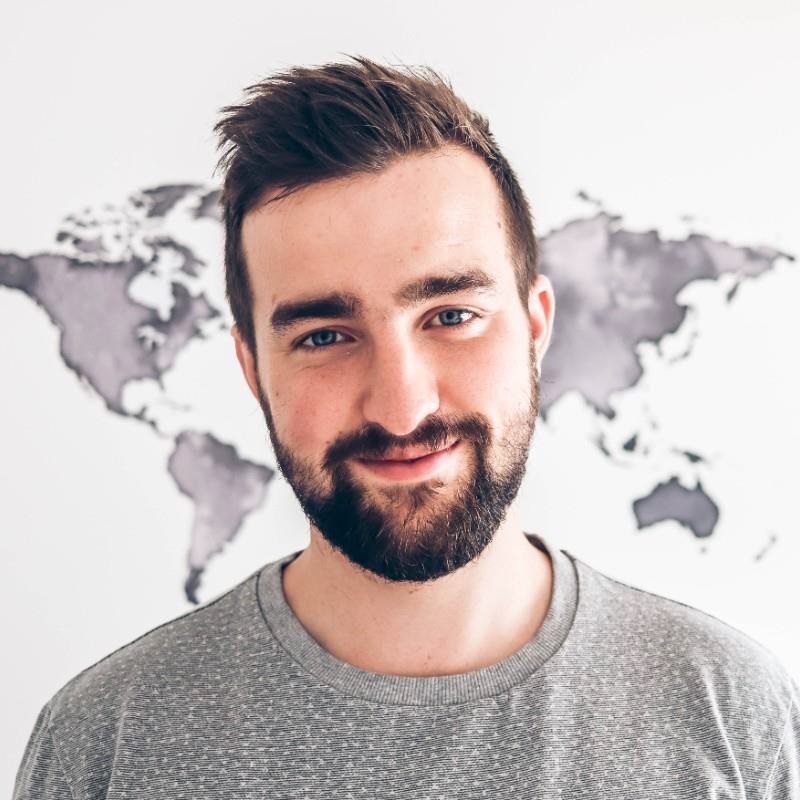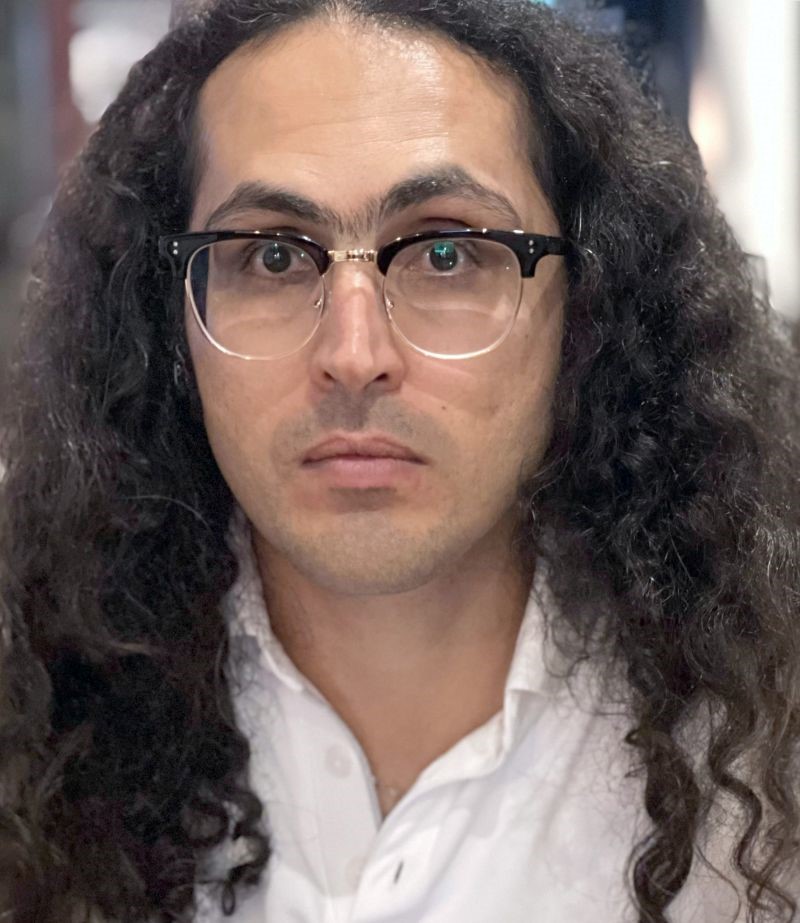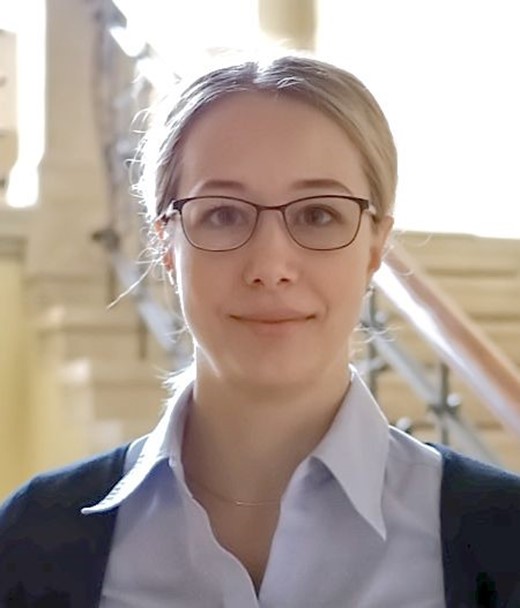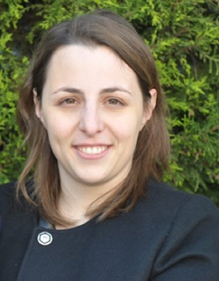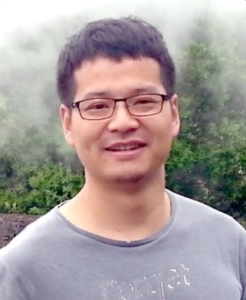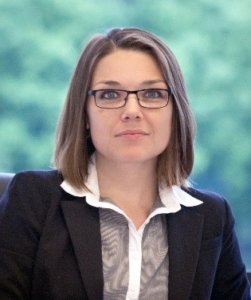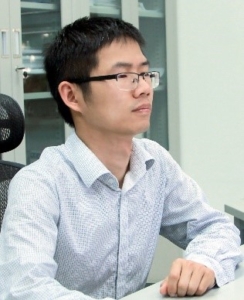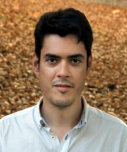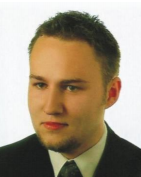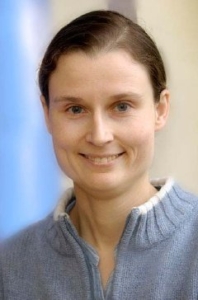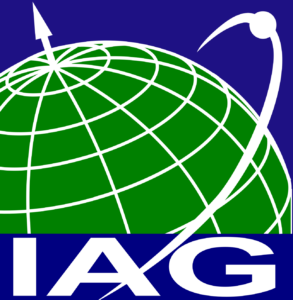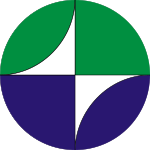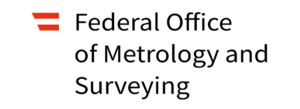IAG Young Author’s Award
Purpose
The purpose of the awards is to draw attention to important contributions by young scientists in the Journal of Geodesy and to foster excellence in scientific writing.
Eligibility
The applicant must be 35 years of age or younger when submitting the paper for publication. The paper must present the applicant’s own research, and must have been published in the two annual volumes of the Journal of Geodesy (J of G) preceding either the IAG General Assembly or the IAG Scientific Assembly. Although multiple author papers will be considered, single author papers will be given more weight in the selection process.
Award
The award consists of a certificate and a cheque of 1000 Euros. Presentation of the awards will be made at each IAG General Assembly and each IAG Scientific Assembly. Up to two awards will be presented on each occasion for the two-year period corresponding to the annual volumes specified above.
Nomination and criteria
For each two-year period the Editor-in-Chief of the Journal of Geodesy will propose a minimum of three candidates for the award. In addition, proposals made by at least three IAG Fellows or Associates will be considered for the competition. The voting members of the IAG Executive Committee will make the final selection. It will be based on the importance of the scientific contribution, which may be either theoretical or practical, and on the quality of the presentation. The name and picture of the award winner and a short biography will be published in the Journal of Geodesy.
Procedure
Each year the conditions for the award will be announced in the Journal of Geodesy. Nominations should be sent to the General Secretary of the IAG, giving name, address, and age of the author (at date of submission), the title of the paper on which nomination is based, and a brief justification. Nominations must be received by March 1 of the year in which either an IAG General Assembly or an IAG Scientific Assembly takes place.
Winners of the IAG Young Authors Award
| Year | Author’s Name | Country | Title of the Publication |
|---|---|---|---|
| 2024 | Justyna Śliwińska-Bronowicz
|
Poland | Assessment of length-of-day and universal time predictions based on the Second Earth Orientation Parameters Prediction Comparison Campaign, Journal of Geodesy, 98 |
| 2023 | Safoora Zaminpardaz
|
Australia | Detection-only versus detection and identification of model misspecifications, Journal of Geodesy, 97 |
| 2022 | Matthias Willen
|
Germany | Feasibility of a global inversion for spatially resolved glacial isostatic adjustment and ice sheet mass changes. J. Geod., 96: 75 |
| 2021 | Radoslaw Zajdel
|
Poland | Sub-daily polar motion from GPS, GLONASS, and Galileo. J. Geod., 95: 3 |
| 2020 | Khosro Ghobadi-Far
|
Unknown | GRACE gravitational measurements of tsunamis after the 2004, 2010, and 2011 great earthquakes. Journal of Geodesy, 94: 65 |
| 2019 | Susanne Glaser
|
Germany | On the impact of local ties on the datum realization of global terrestrial reference frames, Journal of Geodesy, 93: 655–667 |
| 2018 | Athina Peidou
|
Canada | On the feasibility of using satellite gravity observations for detecting large-scale solid mass transfer events. J. of Geodesy, 92: 517–528 |
| 2017 | Minghui Xu | China | The impacts of source structure on geodetic parameters demonstrated by the radio source 3C371. Journal of Geodesy, 91: 767-781 |
| 2016 | Olga Didova | Netherlands | An approach for estimating time-variable rates from geodetic time series. Journal of Geodesy, 90: 1207–1221 |
| 2015 | Xingxing Li | Germany | Accuracy and reliability of multi-GNSS real-time precise positioning: GPS, GLONASS, BeiDou, and Galileo. J. of Geodesy, 89: 607-635 |
| 2014 | Alvaro Santamaría Gómez | France | Long-term vertical land motion from double-differenced tide gauge and satellite altimetry data. Journal of Geodesy, 88: 207-222 |
| 2013 | Krzysztof Sośnica | Switzerland | Impact of loading displacements on SLR-derived parameters and on the consistency between GNSS and SLR results. J. of Geodesy, 87: 751-769 |
| 2012 | Manuela Seitz | Germany | The 2008 DGFI realization of the ITRS: DTRF2008. Journal of Geodesy, 86: 1097-1123 |
| 2011 | Thomas Artz | Germany | Assessment of periodic sub-diurnal Earth rotation variations at tidal frequencies through VLBI normal equations. J. of Geodesy, 85: 565-584 |
| 2010 | Elizabeth Petri | UK | A first look at the effects of ionospheric signal bending on a globally processed GPS network. Journal of Geodesy, 84: 491-499 |
| 2008 | Franziska Wild-Pfeiffer | Germany | A comparison of different mass elements for use in gravity gradiometry. Journal of Geodesy, 82: 637-653 |
| 2006 | Steffen Schön | Germany | Uncertainty in GPS networks due to remaining systematic errors: the internal approach (with H. Kutterer). Journal of Geodesy, 80: 150-162 |
| 2005 | Roland Pail | Austria | A parametric study on the impact of satellite attitude errors on GOCE gravity field recovery. Journal of Geodesy, 79: 231-241 |
| 2004 | Shfaqat Abbas Khan | Pakistan | Shallow water loading tides in Japan from superconducting gravity (with J.L. Hoyer). Journal of Geodesy, 78: 245-250 |
| 2003 | Michael Kern | Germany | A study on the combination of satellite, airborne and terrestrial gravity data. Journal of Geodesy, 77: 217-225 |
| 2001 | Susan Skone | Canada | The impact of magnetic storms on GPS receiver performance. J. of Geodesy, 75: 457-468 |
| 2000 | Rüdiger Lehmann | Germany | Altimetry-gravimetry problems w. free vertical datum. J.Geod 74:327-334 |
| 2000 | Christopher Kotsakis | Canada | The multiresolution character of collocation. J. of Geodesy, 74: 275-290 |
| 1999 | Peiliang Xu | China | Biases and accuracy of, and an alternative to, discrete nonlinear filters. J. of Geodesy, 73: 35-46 |
| 1998 | Cheinway Hwang | Taiwan | Inverse Vening-Meinesz formula and deflection-geoid formula: applications to the predictions of gravity and geoid over the South China Sea. J. of Geodesy, 72: 304-312 |
| 1996 | Giovanna Sona | Italy | Numerical problems in the computation of ellipsoidal harmonics. J. of Geodesy, 70: 117-126 |
| 1995 | Srinivas V. Bettadpur | India | Hotine’s geopotential formulation revisited. Bull. Géod. 69: 135-142 |
| 1994 | Jean-Pierre Barriot | France | Line of sight operators in planetary geodesy. Manuscr. Geod., 19: 269-283 |
| 1993 | Hussein A. Abd-Elmotaal | Egypt | Vening-Meinesz Moho depths: traditional, exact and approximated. Manuscripta Geodaetica, 18: 171-181 |


